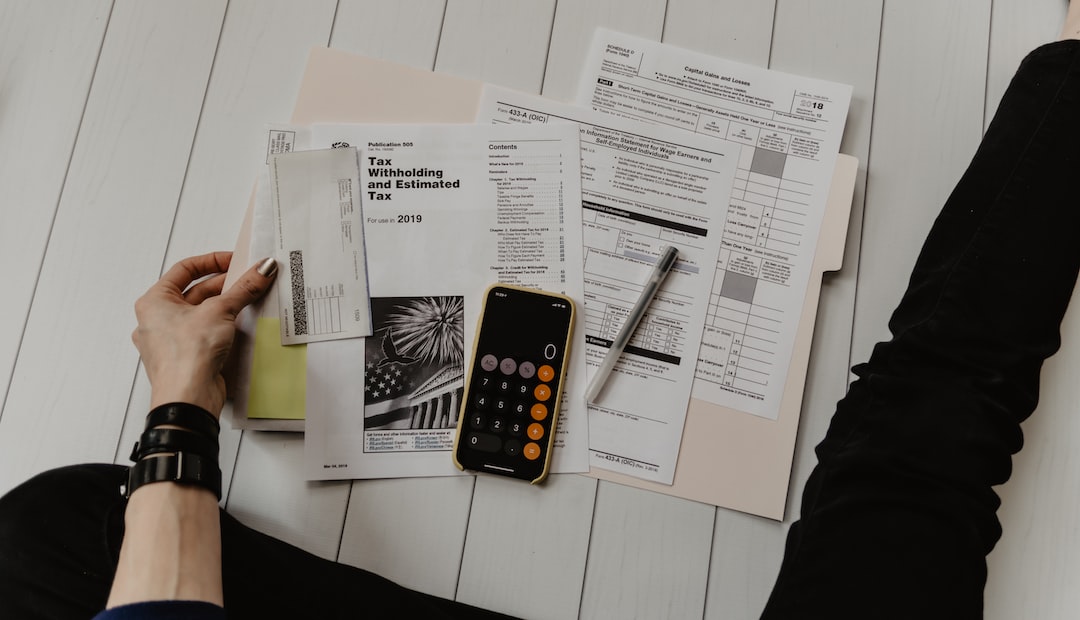Maximizing the Accuracy of Your Forex Back Testing Results
Back testing is a crucial step in developing a successful forex trading strategy. It involves simulating trades based on historical price data to evaluate the performance of a trading system. However, the accuracy of back testing results is dependent on several factors, and it is essential to maximize this accuracy to make informed trading decisions.
Here are some key considerations to ensure the accuracy of your forex back testing results:
1. Quality Historical Data:
The accuracy of your back testing results heavily relies on the quality of the historical data you use. It is crucial to obtain reliable and accurate data from reputable sources. Ensure that the data includes all relevant information, such as bid and ask prices, volume, and time stamps. Incomplete or inaccurate data can lead to misleading back testing results and affect the validity of your trading strategy.
2. Use Tick-Level Data:
Tick-level data provides the most detailed information for back testing. It includes every individual price change, allowing for precise analysis of market movements. Tick-level data is usually more expensive and requires more computational power to process, but it provides a more accurate representation of market conditions. If possible, opt for tick-level data to enhance the accuracy of your back testing results.
3. Account for Spread and Slippage:
In real trading, there is always a difference between the bid and ask prices, known as the spread. Additionally, slippage occurs when the execution price of a trade differs from the expected price due to market volatility or delays in order execution. To accurately simulate real trading conditions, it is crucial to account for spread and slippage in your back testing. This can be done by adjusting the entry and exit prices of trades based on historical spread and slippage data.
4. Consider Transaction Costs:
Apart from the spread and slippage, there are other transaction costs involved in forex trading, such as commissions and swap fees. These costs can significantly impact the profitability of a trading strategy, especially when trading frequently or holding positions overnight. Incorporating these transaction costs into your back testing results will provide a more accurate assessment of the strategy’s performance.
5. Use Realistic Assumptions:
When conducting back testing, it is important to make realistic assumptions about the market conditions and the behavior of market participants. Avoid over-optimizing your strategy based on past data, as it may not reflect future market conditions. Instead, focus on creating a robust trading system that can adapt to different market scenarios. Consider factors such as market volatility, economic news releases, and geopolitical events that can impact currency prices.
6. Validate with Out-of-Sample Testing:
To ensure the robustness of your trading strategy, it is essential to validate the back testing results with out-of-sample testing. This involves using a separate set of historical data that was not used in the initial back testing. If the strategy performs well on the out-of-sample data, it provides additional confidence in its effectiveness. Out-of-sample testing helps to reduce the risk of curve-fitting and increases the accuracy of your back testing results.
7. Analyze Different Time Periods and Market Conditions:
To maximize the accuracy of your back testing results, analyze the performance of your trading strategy across different time periods and market conditions. This will help you identify any weaknesses or limitations in the strategy that may only be apparent in specific market environments. By evaluating its performance under various scenarios, you can fine-tune your strategy to make it more robust and adaptable.
In conclusion, maximizing the accuracy of your forex back testing results is crucial for developing a successful trading strategy. By using quality historical data, accounting for spread and slippage, considering transaction costs, making realistic assumptions, conducting out-of-sample testing, and analyzing different time periods and market conditions, you can enhance the accuracy and reliability of your back testing results. Remember that back testing is just one step in the process of developing a profitable trading strategy, and it should be combined with other forms of analysis and risk management techniques for optimal results.






